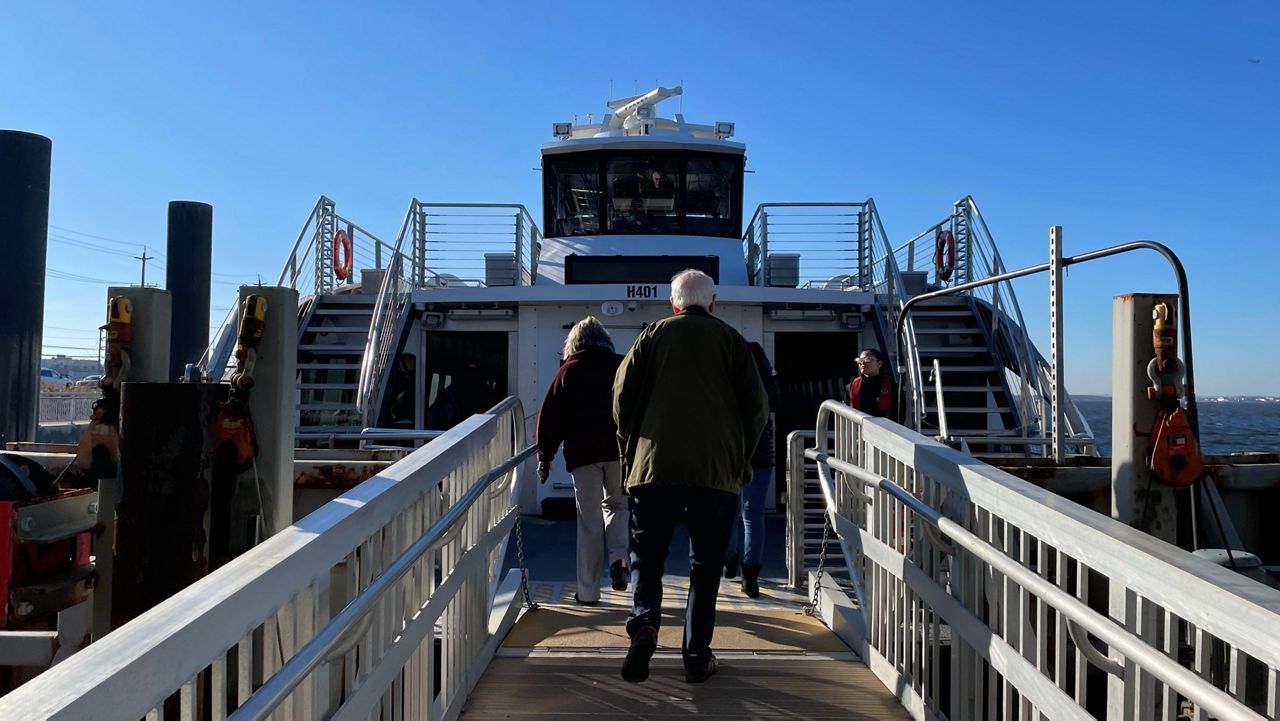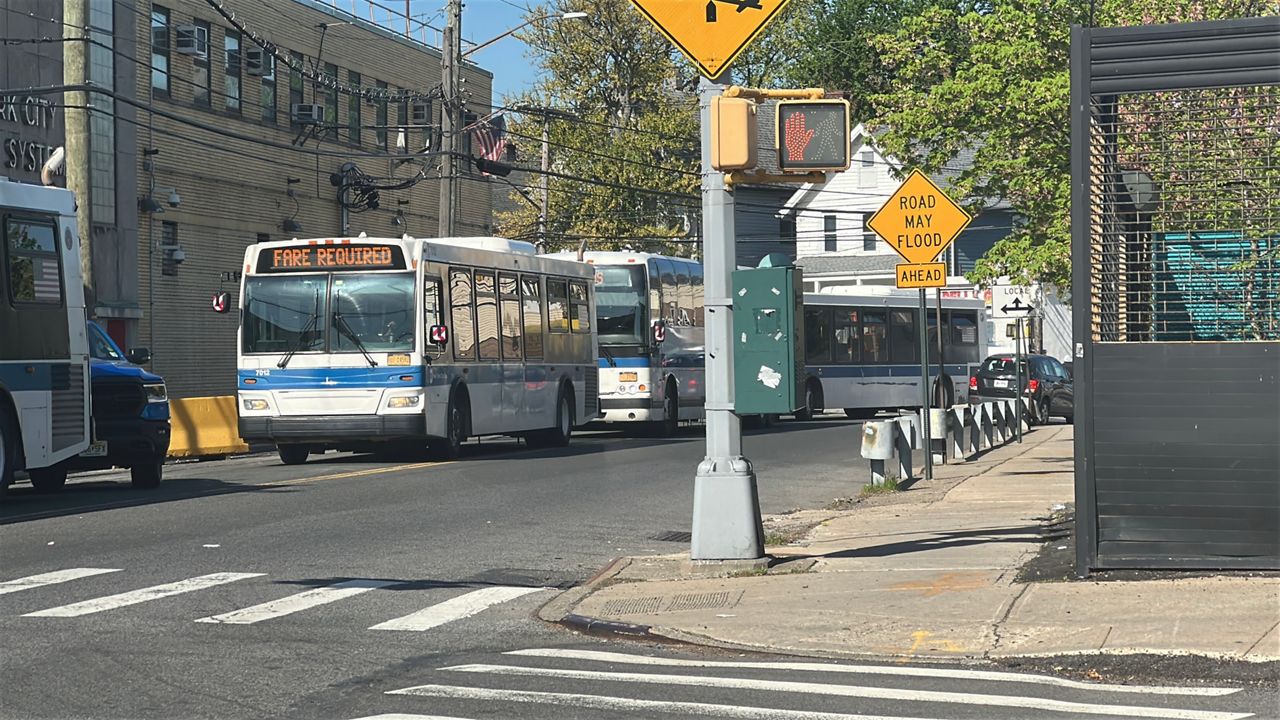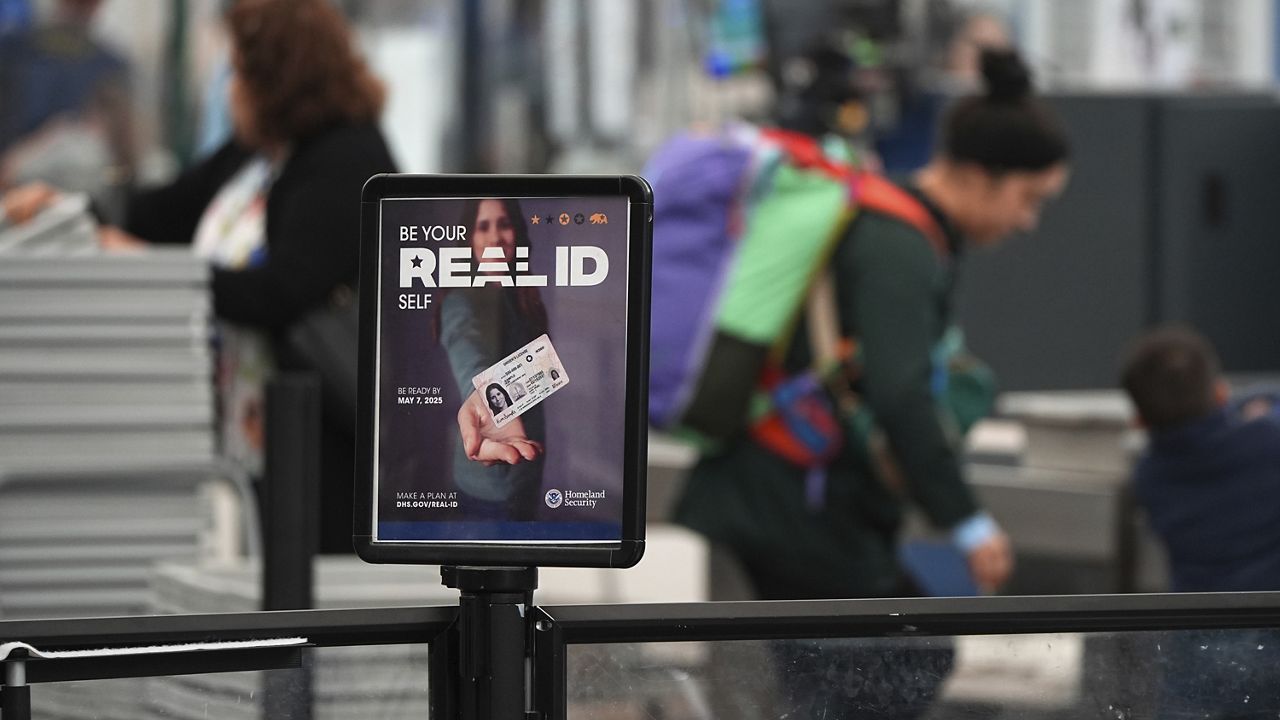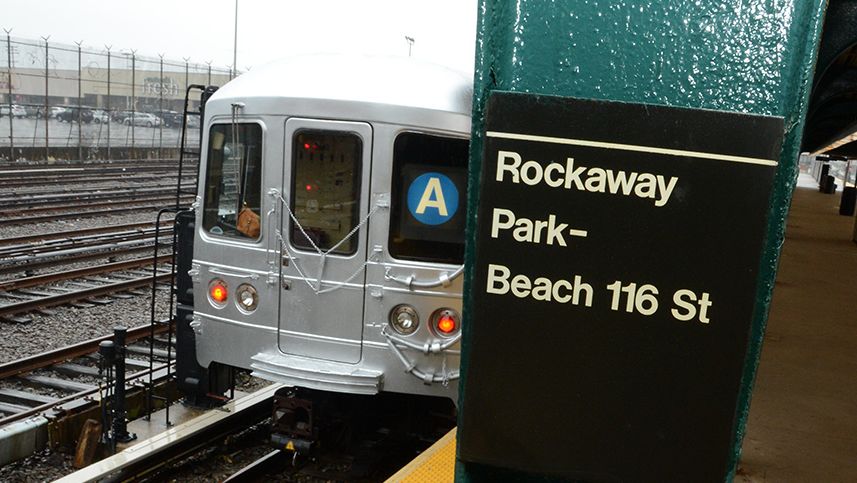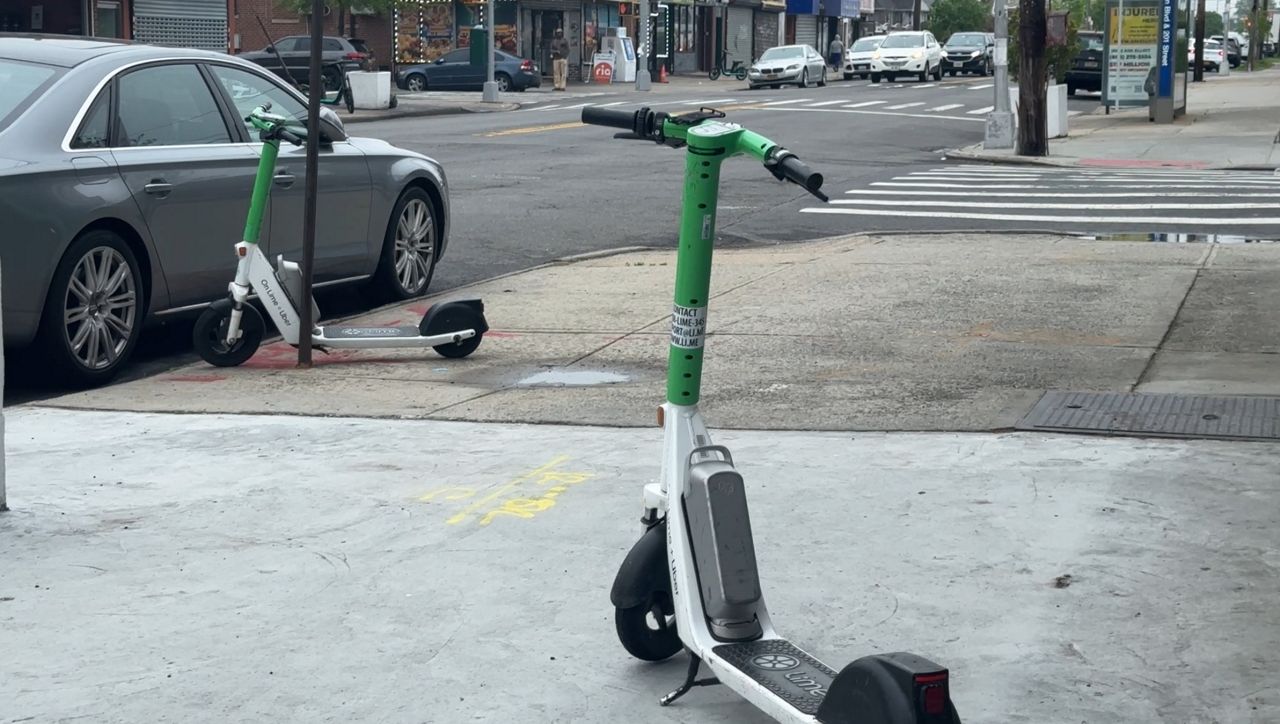New York is a city of mass transit. It’s home to 36 subway lines, hundreds of bus routes and even boasts commuter rails to its suburbs in Long Island, Connecticut, New Jersey and the Hudson Valley.
Given the coastal nature of the city, with four out five boroughs being on islands, it makes sense for ferries to be part of that transit network too.
What are the various types of city ferries?
The Staten Island Ferry might be the most recognized ship in the city and is a point of pride for many of the borough’s residents. The service is free and runs 24 hours a day between Whitehall Terminal on the southern end of Manhattan and St. George Terminal on the north shore of Staten Island. The city started running it in 1905, but it’s been operating in some form since the early 19th century. The project was spearheaded by Staten Island native Cornelius Vanderbilt, one of the richest Americans in history.
NYC Ferry is the city’s primary ferry system. It is a public network operated by the private company Hornblower. The service launched in May 2017 and has since grown to include six routes (South Brooklyn, East River, Rockaway, Soundview, Astoria and St. George) and seasonal passage to Governors Island. It connects 25 piers across 70 nautical miles, and the NYC Ferry website claims it to be the “largest passenger-only fleet in the nation, based on hours of service and a fleet size of 38 vessels.”
NY Waterway is a private company operating in partnership with agencies like Port Authority, the city’s Department of Transportation and the MTA. The service started in the 1980s and is primarily used as a method to cross the Hudson River for residents of New Jersey or counties north of the city. The company’s sole intracity route is a free weekend-only service traveling between Pier 79 in Midtown and an Ikea store in Red Hook.
New York Water Taxi is a private service that can be hired to travel a specific route between various locations across the five boroughs and New Jersey. According to their website, most charters are for large groups of more than 30 people. They primarily advertise the service for corporate events, weddings and film shoots, mostly traveling along points in the East River. Their parent company, Circle Line, also operates sightseeing cruises encircling Manhattan.
How many people are taking the ferry?
NYC Ferry experienced record-breaking ridership in fiscal year 2023, with 1.2 million more passengers than the year before, according to the latest report. Approximately 6.6 million people took a trip on NYC Ferry in FY2023 compared with about 5.4 million in FY2022. The ferry also drew nearly a million more riders than before the pandemic, with FY2019 ridership at 5.7 million. The fiscal year is July to June.
The latest quarterly report from NYC Ferry, published for ridership between April 1 and June 30, 2023, said they’ve served approximately 31 million riders since their launch. The East River route was by far the most popular, with averages of 7,700 riders on weekdays and 11,100 on weekend days. Astoria was the next highest with an average of 4,200 weekday riders and 5,700 weekend day riders.
The Economic Development Corporation said they plan to build on their boost in ridership by continuing to offer special promotions and creative one-time rides. This past summer, the "Ferry Enchanted Sunset Ride" took riders along the East River while playing songs from Taylor Swift’s “Speak Now, Taylor’s Version." NYC Ferry has done numerous social media promotions for Swift, including showing off where several of her “1989” Polaroids were taken.
Keeping with the trend of women pop stars, NYC Ferry launched a “Madonna Celebration Route” from Dec. 11 to 17 in honor of Madonna's “Celebration Tour.” The promotion renamed each landing on its South Brooklyn route with a Madonna-related spin, including “Express Yourself Hook” and “Material Girl Pier,” and featured another special ride that played the artist’s music and offered the chance to win concert tickets.
It's not just single rides either. In July 2023, they launched the Rockaway Reserve program, allowing riders to save their spot headed for the beach. This built upon their launch of the seasonal “Rockaway Rocket” line in 2022, which was an express version of the regular route. The July 2024 relaunch of the "Rockaway Rocket" took riders from Long Island City and Greenpoint to the beach for $10 a trip. In the past year, a Bay Ridge express line also began service.
Despite all this, the Staten Island Ferry is a much more popular service, with DOT reporting about 35,000 passengers on a typical weekday. Five boats make 117 trips over the course of a day, with boats taking off every 15 minutes during rush hour and every half-hour during off-peak times. Around 12 million people ride the Staten Island Ferry annually, according to the DOT.
NYC Ferry financials
While the Staten Island Ferry went fare-free in 1997, NYC Ferry has charged a base rate ever since it opened, which was initially $2.75 to match the cost of a subway or bus ride. The system does not use MetroCard or OMNY, but tickets are available at machines in every landing or the NYC Ferry app.
In September 2022, the Adams administration unveiled a “Ferry Forward” plan aimed at creating a “more equitable and fiscally sustainable” system. The plan increased the cost of an individual ride from $2.75 to $4. Regular ferry riders could keep their old rate by purchasing a 10-pack for $27.50.
Starting Sept. 9, 2024, the cost of a 10-trip bundle will rise from $27.50 to $29, making each ticket $2.90 to align with subway and bus fares. Single-trip tickets will also see an increase from $4 to $4.50, the New York City Economic Development Corporation said in a release.
Discounts will remain available through the NYC Ferry Discount Program — which is modeled after the city’s Fair Fares initiative for buses and subways — providing rides at $1.45 for seniors, people with disabilities and low-income riders. Beginning Sept. 1, high school students citywide can also access reduced fares for weekday travel to and from school. Applications for this program open Aug. 1 on the New York City Student Account portal, the release said.
NYC Ferry has been subject to criticism in the past as a service heavily subsidized by the city. The city’s per-passenger cost was $9.67 in FY 2022, but that rate has dropped more than $1 to $8.55. The EDC said the decrease is primarily due to the fare change implemented in the “Ferry Forward” plan and the significant jump in ridership. Between FY2022 and FY2023, farebox revenue was up more than $6 million.
In a press release about a new contract with Hornblower from August, the EDC reported that “per passenger subsidy is on track to be reduced by nearly 30% by 2025.” Their projection is primarily based on evidence of continually increasing ridership, but the contract also allows Hornblower to seek a systemwide sponsorship for the ferry. In an interview with NY1, the EDC said pursuing a hypothetical “NYC Ferry brought to you by Pepsi” is a top priority and are hopeful about the new source of income.
Banner advertising has not been commonplace on the ferries the way it is in the city’s subways, with the ferry instead opting for digital advertising on a screen at the front of the boat. Most, if not all, of these ads are for local businesses, products or entertainment. The revenue from these, however, does not appear to be significant. The EDC reported only $1,740 in “other operating revenues” besides farebox.
Planned expansions
The city spent millions in an attempt to bring ferry service to Coney Island. A landing at Coney Island Creek at Kaiser Park was built in 2021, but it had to be torn down because of “safety concerns related to sand build-up,” according to NYC Ferry.
Environmentalists were against building a landing at that location, saying that dredging the creek would release toxins into the waterway. The creek had historically been used as a dumping site.
While the EDC said last year it “remains committed to continued economic development and support to Coney Island and its residents,” EDC officials told NY1 in a November 2023 interview there are no updates to its plans to bring ferry service to Coney Island.




